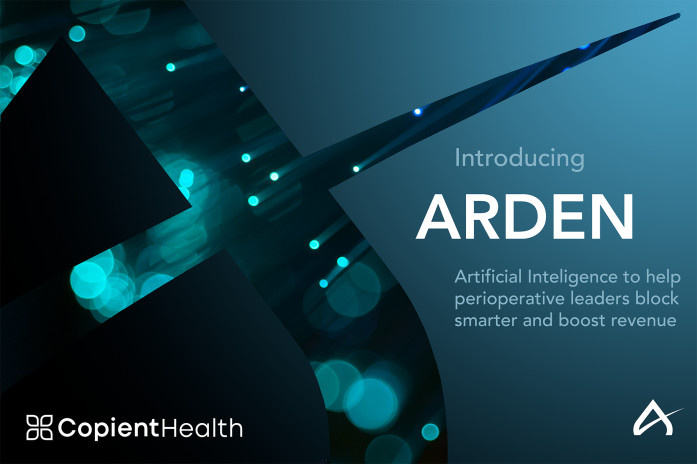AI in Healthcare: Understanding the Basics and Real-World Applications

With the recent emergence of ChatGPT and other AI-powered tools, the focus on using these tools in healthcare has increased. That’s not a problem if you’re a data scientist, but where do you start if you’re unfamiliar with how artificial intelligence and machine learning might impact your work? This post aims to provide a very brief, high-level overview of AI, with examples of how they might help in healthcare.
First, some context. Artificial Intelligence (AI) is an umbrella term for tools that can perform tasks that usually require human-like intelligence. Under this umbrella, you may have heard the terms machine learning (ML), deep learning, and natural language processing (NLP). Each is a subfield of AI. If you hear a vendor say, “We use AI and machine learning,” you may want to run the other way.
How does AI work?
That’s way too big a topic to cover in any detail in a blog post, but here’s an admittedly oversimplified explanation: a computer uses algorithm(s) to recognize patterns in data. It can do so by using a model that was “trained” in one or more ways:
- with data that includes the correct answers (structured learning).
- by using an algorithm to find patterns or connections on its own (unstructured learning).
- by being reinforced for correct actions (reinforcement learning).
- by a mixture of these techniques (semi-supervised learning).
It can be trained periodically or continuously, depending on the application. The goal of this training is to make the AI model useful for acting on new data it hasn’t seen before. AI models need to be evaluated on their ability to generalize (the ability to perform well on new, unseen data) to make sure that they haven’t just memorized the training data and are instead identifying the underlying patterns.
Applications in Healthcare
Some of the most common use cases in healthcare include:
Prediction
AI can be used to predict patient outcomes based on their medical history and current health status. For example, it can predict the likelihood of a patient developing a certain disease, such as diabetes or cardiovascular disease. This can help healthcare providers take proactive measures to prevent or manage the disease.
Categorization
AI can be used to categorize medical images and identify anomalies. For example, it can categorize a tumor as benign or cancerous based on an analysis of medical images such as MRI or CT scans. This can help physicians make more accurate diagnoses and plan appropriate treatment options.
Natural Language Processing
AI can be used to analyze physician notes and identify patients at risk of developing certain conditions. For example, it can analyze patient notes to identify risk factors for heart disease or cancer, which can help providers make more informed treatment decisions.
Robotics
AI can be used to enhance the precision and accuracy of surgical procedures. For example, the DaVinci Surgical System uses AI to assist with minimally invasive surgeries, allowing for greater precision and control than traditional surgical techniques. This can result in reduced patient recovery times and fewer complications.
AI for OR Scheduling
Managing OR block time is like running a busy airport, with different planes (surgical cases) needing to be carefully coordinated to take off and land at the right times and gates (operating rooms). Despite the best efforts of leadership, manual processes and unsystematized personal knowledge can make managing these processes challenging.
With the help of AI, health systems can optimize OR block time. Think of it like having a GPS for your OR scheduling - you can quickly and easily navigate through available OR times and allocate resources efficiently, enhancing the satisfaction of all parties involved. By integrating AI solutions, health systems can streamline their operations, reduce waiting times, and recover and fill unused block time, leading to better access for patients and providers and better margins for ORs.
A Caveat
There's a personal injury law firm in town that advertises the fact that they use AI to get you the best settlement. While I don't discount the possibility that AI might someday have a role in that corner of the law, my guess is that the firm is trying to capitalize on the hype. AI has become an overused buzzword in software solution marketing, so much so that it often distracts from the primary benefits of a software tool. Keep in mind that whatever prediction, categorization, or optimization the AI accomplishes, it does so while wrapped in a software application that needs to understand and reflect your goals and processes. AI has tremendous power to both enhance existing processes and create the possibility of entirely new ones. However, it’s important to remember that it is just a part of a well-designed solution.
Copient Health uses machine learning to bring margin-increasing case volume to your unused block time. Its powerful algorithms identify OR block time likely to go unused and give your staff the tools necessary to make effective use of that time. It includes real-time analytical tools to support decision-making around block management and allocation. The results include meaningful improvement in utilization with subsequent margin gains.

